Home>Furniture & Design>Outdoor Furniture>How To Unclog Outdoor Drainage Pipe
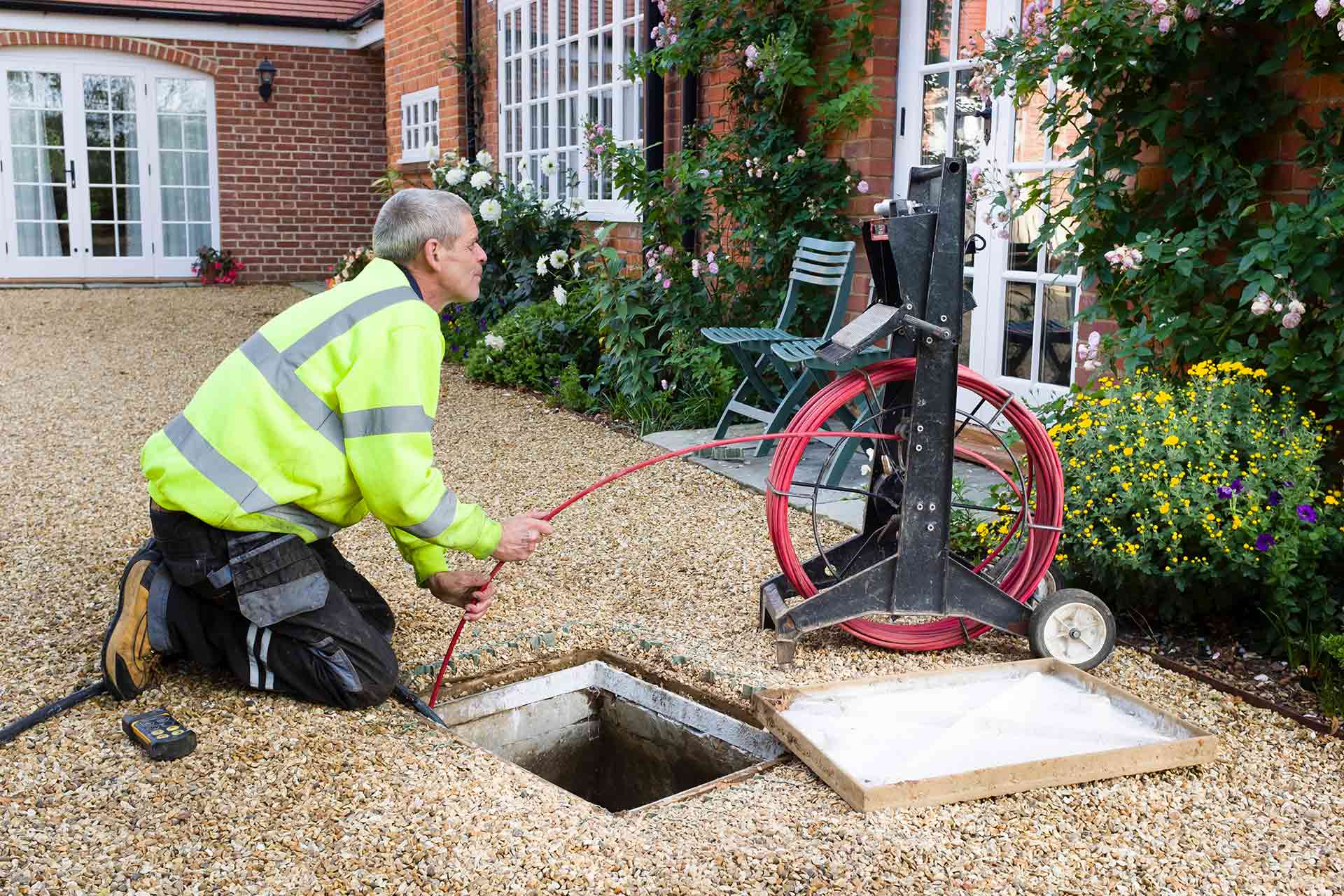

Outdoor Furniture
How To Unclog Outdoor Drainage Pipe
Modified: February 28, 2024
Learn how to effectively unclog your outdoor drainage pipe with our expert tips and techniques. Keep your outdoor furniture and design safe and dry with our simple solutions.
(Many of the links in this article redirect to a specific reviewed product. Your purchase of these products through affiliate links helps to generate commission for Storables.com, at no extra cost. Learn more)
Introduction
Are you noticing water pooling around your outdoor furniture after a rainstorm? Perhaps you've observed slow drainage in your outdoor patio or deck area. These issues could be indicative of a clogged outdoor drainage pipe. Proper drainage is crucial for maintaining the integrity and longevity of your outdoor furniture and design elements. If neglected, a clogged drainage system can lead to water damage, mold growth, and a compromised outdoor living space.
In this comprehensive guide, we will delve into the common causes of clogged outdoor drainage pipes and provide you with practical steps to effectively unclog them. By understanding the problem at hand and utilizing the right tools and techniques, you can restore proper drainage and safeguard your outdoor furniture and design features from potential water-related damage. Let's embark on this journey to ensure that your outdoor living space remains a haven of comfort and beauty, free from the woes of clogged drainage.
Key Takeaways:
- Regularly inspect and clear outdoor drainage pipes to prevent water damage and maintain the beauty of your outdoor furniture and design elements. Use tools like a plumbing snake and natural cleaning solutions for effective unclogging.
- Implement preventive measures like debris guards and routine cleaning to minimize future clogs and preserve the functionality and aesthetics of your outdoor living space. Regular maintenance and vigilance are key to a harmonious outdoor environment.
Read more: How To Unclog Vent Pipe On Roof
Understanding the Problem
Outdoor drainage pipes are essential for directing excess water away from your outdoor living space, preventing water accumulation and potential damage to your furniture and design elements. However, various factors can contribute to the clogging of these pipes, disrupting the natural flow of water and leading to an array of issues.
One common cause of clogged outdoor drainage pipes is the accumulation of debris such as leaves, twigs, and dirt. Over time, these materials can obstruct the pipe, impeding the smooth passage of water and causing it to pool in undesired areas. Additionally, natural elements like roots from nearby plants or shrubs may infiltrate the pipe, further exacerbating the blockage.
Furthermore, sediment buildup within the pipes can gradually restrict water flow, especially in regions with hard water or high mineral content. This sedimentation can constrict the pipe’s diameter, impeding the efficient drainage of water and leading to potential overflows during heavy rainfall.
Understanding the underlying causes of clogged outdoor drainage pipes is crucial for implementing effective solutions. By addressing these issues at their roots, you can prevent future clogs and preserve the functionality and aesthetics of your outdoor furniture and design features.
Tools and Materials Needed
Before embarking on the task of unclogging your outdoor drainage pipe, it’s essential to gather the necessary tools and materials. Having the right equipment at your disposal will streamline the unclogging process and ensure a more efficient and effective outcome. Here are the key tools and materials you will need:
- Work Gloves: Protect your hands with durable work gloves to shield them from debris and potential contaminants within the drainage pipe.
- Safety Goggles: Safeguard your eyes with protective goggles to prevent any splashes or debris from causing injury.
- Trowel or Small Shovel: Use a trowel or small shovel to carefully excavate the area around the drainage pipe, allowing access for inspection and unclogging procedures.
- Plumbing Snake: A plumbing snake, also known as a drain auger, is a flexible coil that can be inserted into the drainage pipe to dislodge and remove blockages.
- Garden Hose: A garden hose equipped with a high-pressure nozzle will be used for flushing the drainage pipe after debris removal.
- Bucket: Have a bucket on hand to collect any debris or water discharged during the unclogging process.
- Vinegar and Baking Soda (Optional): These household items can be used to create a natural cleaning solution to help break down organic matter within the drainage pipe.
- Liquid Drain Cleaner (Optional): If the clog persists, a liquid drain cleaner formulated for outdoor use may be employed as a last resort.
By ensuring that you have these tools and materials readily available, you can proceed with confidence, knowing that you are equipped to address the clogged outdoor drainage pipe effectively and restore proper water flow to your outdoor living space.
Removing Debris from the Drainage Pipe
Once you have assembled the necessary tools and materials, it’s time to initiate the process of unclogging your outdoor drainage pipe. The first step involves inspecting the area around the pipe’s opening to identify any visible debris or blockages. Carefully remove any accumulated leaves, twigs, or dirt using a trowel or small shovel, taking care not to push the debris further into the pipe.
With the immediate vicinity cleared, it’s time to address the obstruction within the drainage pipe itself. Using work gloves and safety goggles for protection, carefully access the pipe’s opening and, if feasible, manually remove any visible debris within reach. A flashlight can be invaluable for illuminating the pipe’s interior and aiding in the identification and removal of blockages.
If the blockage is beyond the reach of manual extraction, a plumbing snake is an effective tool for dislodging and retrieving debris from within the drainage pipe. Insert the plumbing snake into the pipe and maneuver it gently to navigate around bends and obstructions. As you encounter resistance, rotate the snake’s handle to dislodge the debris, gradually retracting the snake to bring the obstructing materials to the pipe’s opening for removal.
For organic matter or minor clogs, a natural cleaning solution comprising vinegar and baking soda can be employed to help break down the debris and facilitate its removal. Pour a mixture of baking soda followed by vinegar into the drainage pipe, allowing it to fizz and react within the pipe before flushing it with water.
By diligently removing debris from the drainage pipe, you can effectively address the immediate cause of the clog and pave the way for further unclogging measures. This proactive approach sets the stage for a more comprehensive restoration of proper water flow in your outdoor living space, safeguarding your furniture and design elements from potential water damage.
To unclog an outdoor drainage pipe, try using a plumber’s snake or a pressure washer to break up and remove the blockage. Make sure to wear gloves and eye protection when attempting this task.
Using a Plumbing Snake to Clear the Blockage
When conventional methods prove insufficient in dislodging the blockage within your outdoor drainage pipe, a plumbing snake, also known as a drain auger, emerges as a valuable tool for tackling more stubborn obstructions. This flexible coil, designed to navigate through pipes, is adept at reaching and dislodging debris that may be impeding the flow of water.
To utilize a plumbing snake effectively, begin by feeding the snake’s coil into the drainage pipe’s opening, ensuring that it advances smoothly without encountering undue resistance. As you guide the snake deeper into the pipe, be mindful of any bends or turns that may require gentle maneuvering to navigate effectively.
Upon reaching the point of blockage, you may encounter increased resistance as the snake encounters the obstructing materials. With a steady and controlled motion, rotate the handle of the plumbing snake, exerting gentle pressure to dislodge the debris and create a pathway for its extraction. As the blockage loosens, carefully retract the snake, bringing the dislodged materials to the pipe’s opening for removal.
It’s essential to exercise patience and caution when using a plumbing snake, as excessive force or abrupt movements can potentially damage the drainage pipe or exacerbate the blockage. By employing a methodical and deliberate approach, you can effectively navigate the plumbing snake through the pipe, addressing the blockage and restoring unimpeded water flow.
Following the use of the plumbing snake, it’s advisable to flush the drainage pipe with water to ensure that any dislodged debris is thoroughly cleared from the system. This proactive measure helps prevent residual materials from causing future clogs and ensures the comprehensive restoration of proper drainage within your outdoor living space.
By harnessing the capabilities of a plumbing snake, you can address persistent blockages within your outdoor drainage pipe, safeguarding your outdoor furniture and design elements from the detrimental effects of water accumulation and potential damage.
Read more: How To Run Drainage Pipe Under A Driveway
Flushing the Drainage Pipe
After removing debris and employing a plumbing snake to dislodge blockages within your outdoor drainage pipe, the next crucial step involves thoroughly flushing the pipe to ensure the complete removal of any residual materials and the restoration of unobstructed water flow. Flushing the drainage pipe serves to clear out loosened debris, sediment, and any remaining obstructions, effectively revitalizing the drainage system and preventing future clogs.
To initiate the flushing process, equip a garden hose with a high-pressure nozzle to maximize the force of the water flow. Position the nozzle at the opening of the drainage pipe and gradually introduce water into the system, allowing it to surge through the pipe and dislodge any remaining debris. As the water courses through the pipe, observe the outflow to ensure that it is unobstructed and free from residual materials.
It’s advisable to maintain a steady and controlled flow of water during the flushing process, as excessive pressure may lead to the dislodged debris being pushed further into the pipe, potentially causing renewed blockages. By regulating the water flow and monitoring the outflow, you can ascertain the effectiveness of the flushing procedure and confirm the restoration of unimpeded drainage.
Furthermore, directing the water flow at varying angles within the drainage pipe can help dislodge any lingering sediment or debris clinging to the pipe’s interior walls. By systematically adjusting the position of the hose’s nozzle, you can ensure comprehensive coverage and thorough cleansing of the pipe’s internal surfaces, mitigating the risk of future clogs.
Upon completing the flushing process, assess the outflow to confirm that the water is swiftly and unobstructedly exiting the drainage pipe, signifying the successful restoration of proper drainage. By diligently flushing the drainage pipe, you can mitigate the likelihood of residual debris causing future clogs, thus preserving the functionality and longevity of your outdoor furniture and design elements.
Preventing Future Clogs
Having successfully unclogged your outdoor drainage pipe, it’s essential to implement preventive measures to mitigate the risk of future blockages and maintain optimal water flow within your outdoor living space. By proactively addressing potential causes of clogs and instituting protective strategies, you can safeguard your outdoor furniture and design elements from the detrimental effects of water accumulation and ensure the longevity of your outdoor environment.
Regular maintenance and inspection of the drainage system are paramount in preventing future clogs. Schedule periodic assessments of the drainage pipe, particularly after heavy rainfall or during seasons characterized by heightened foliage shedding, to promptly identify and address any emerging issues before they escalate into significant blockages.
Installing a debris guard or strainer at the opening of the drainage pipe can serve as a proactive defense against the ingress of leaves, twigs, and other potential obstructions. These simple yet effective devices act as filters, intercepting debris and preventing it from entering the drainage system, thereby reducing the likelihood of clogs and minimizing the need for frequent unclogging procedures.
Furthermore, incorporating routine cleaning and maintenance of the outdoor area surrounding the drainage pipe can help minimize the accumulation of debris and organic matter that may find their way into the system. Regularly clear fallen leaves, trim overhanging branches, and maintain a debris-free zone around the drainage pipe to curtail the introduction of potential blockage-inducing materials.
Implementing natural cleaning solutions, such as periodic vinegar and baking soda treatments, can aid in breaking down organic matter and mitigating the buildup of sediment within the drainage pipe. These eco-friendly remedies offer a preventive measure against minor clogs and contribute to the sustained efficiency of the drainage system.
By integrating these preventive strategies into your outdoor maintenance regimen, you can fortify the resilience of your drainage system, minimize the occurrence of clogs, and preserve the functionality and aesthetics of your outdoor furniture and design features. Through proactive care and vigilance, you can ensure that your outdoor living space remains a harmonious and inviting retreat, free from the encumbrances of drainage issues.
Conclusion
Unclogging an outdoor drainage pipe is a vital endeavor in preserving the integrity and functionality of your outdoor furniture and design elements. By understanding the common causes of clogs and employing the appropriate tools and techniques, you can effectively restore proper water flow and mitigate the potential for water-related damage within your outdoor living space.
From removing debris and utilizing a plumbing snake to flushing the drainage pipe and implementing preventive measures, each step in the unclogging process plays a pivotal role in safeguarding your outdoor environment. By addressing the root causes of clogs and instituting proactive strategies, you can sustain unimpeded drainage and ensure the longevity of your outdoor furniture and design features.
As you embark on the journey of unclogging your outdoor drainage pipe, remember that regular maintenance and vigilance are key components in preserving the functionality and aesthetics of your outdoor living space. By integrating these practices into your outdoor maintenance routine, you can cultivate a harmonious and resilient environment, free from the encumbrances of drainage issues.
With the knowledge and insights gained from this guide, you are equipped to navigate the challenges of outdoor drainage maintenance with confidence and efficacy. By embracing a proactive approach to unclogging and preventive care, you can uphold the allure and functionality of your outdoor furniture and design elements, ensuring that your outdoor living space remains a haven of comfort and beauty for years to come.
Frequently Asked Questions about How To Unclog Outdoor Drainage Pipe
Was this page helpful?
At Storables.com, we guarantee accurate and reliable information. Our content, validated by Expert Board Contributors, is crafted following stringent Editorial Policies. We're committed to providing you with well-researched, expert-backed insights for all your informational needs.
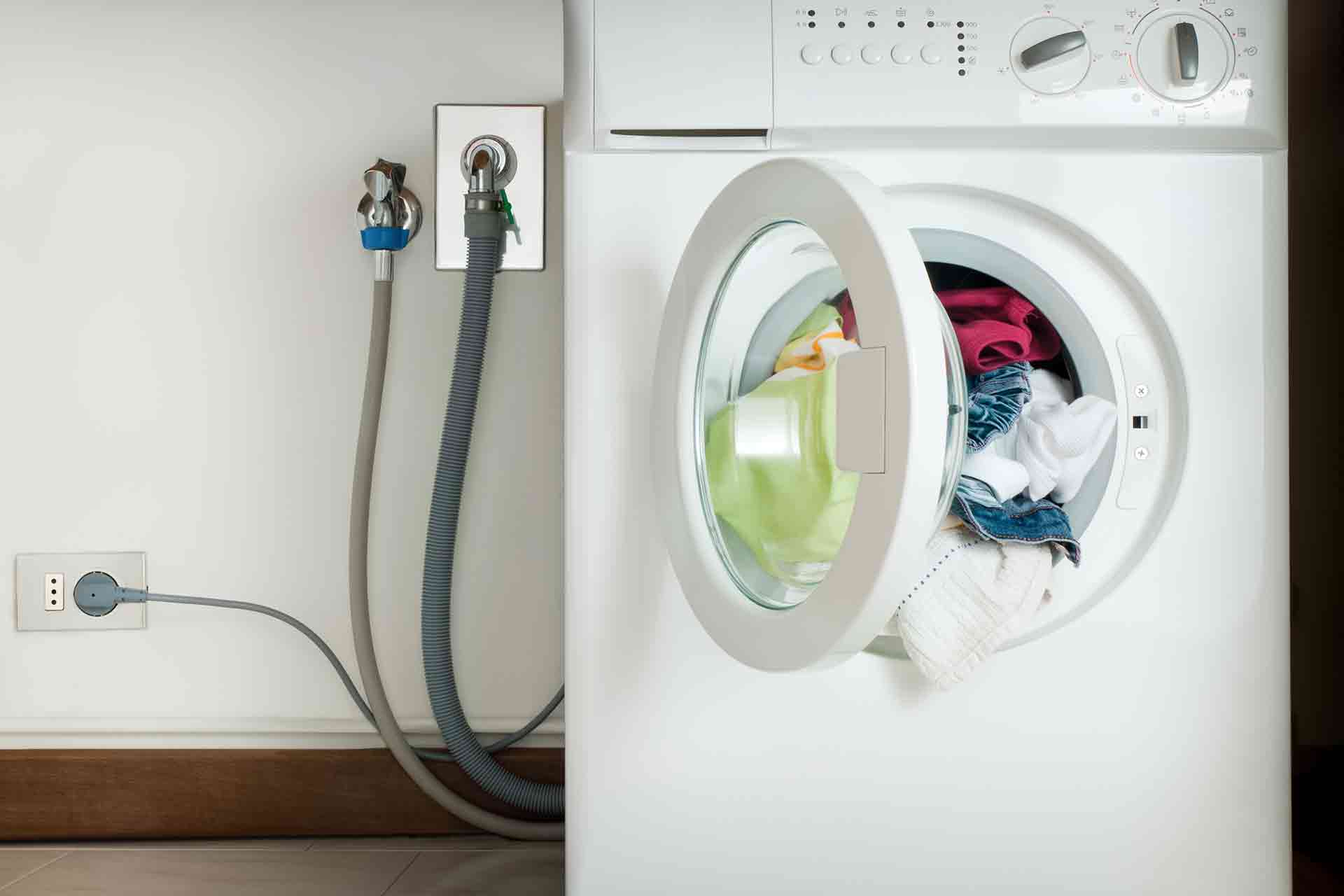
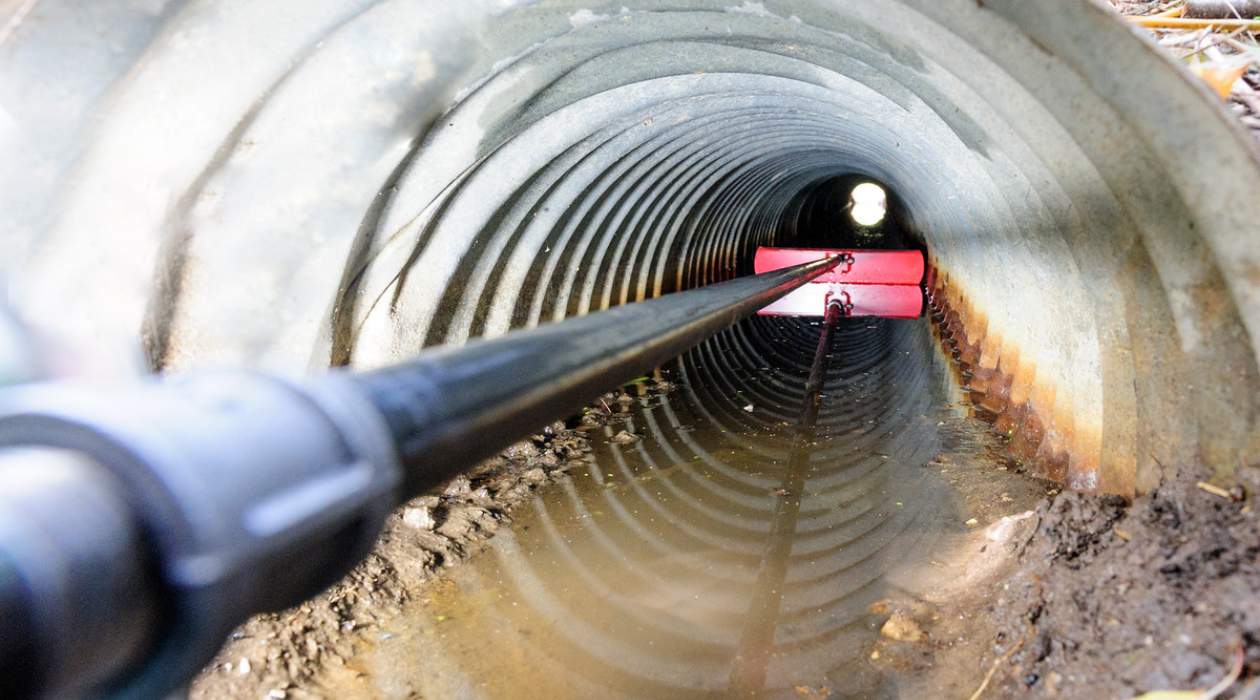
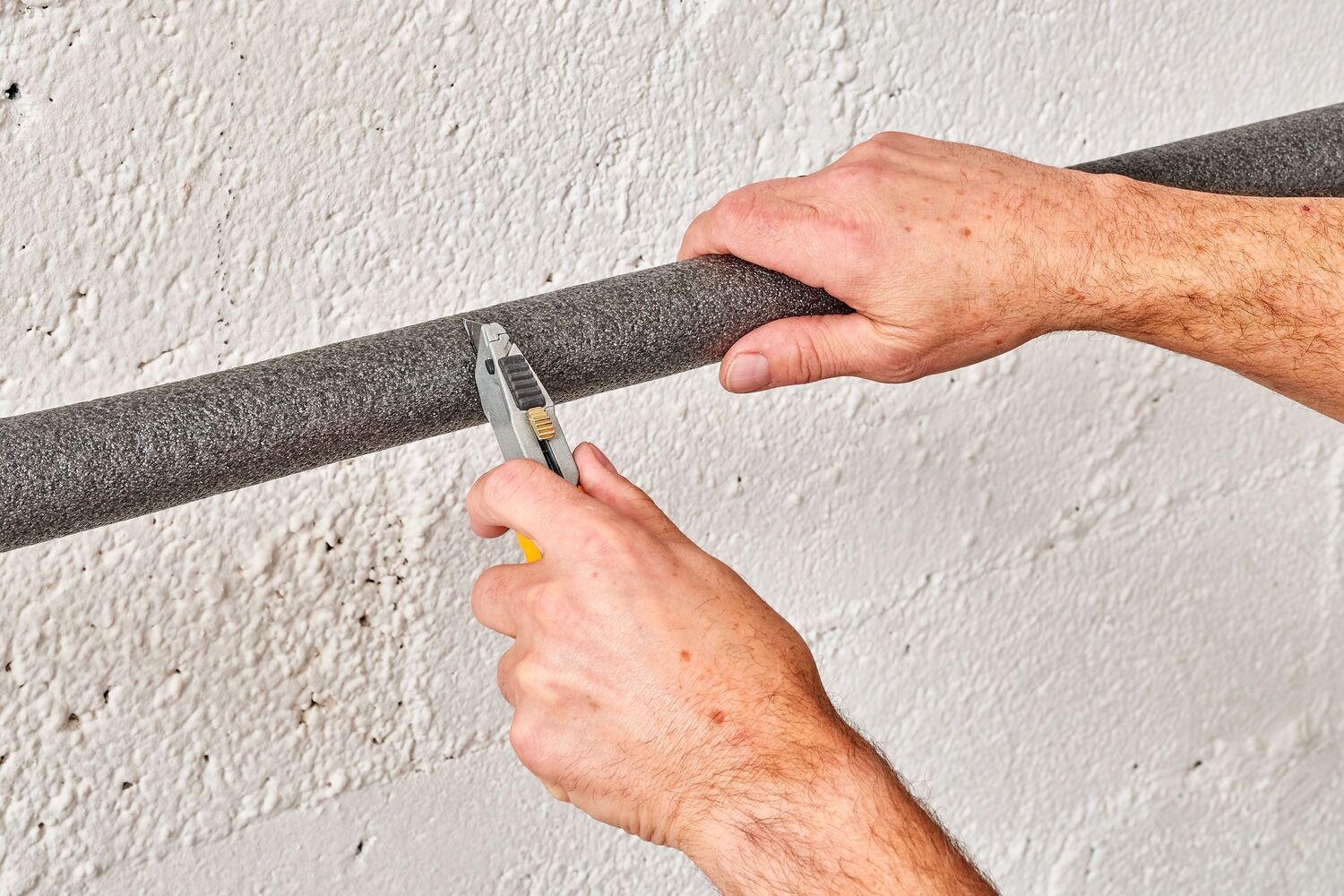
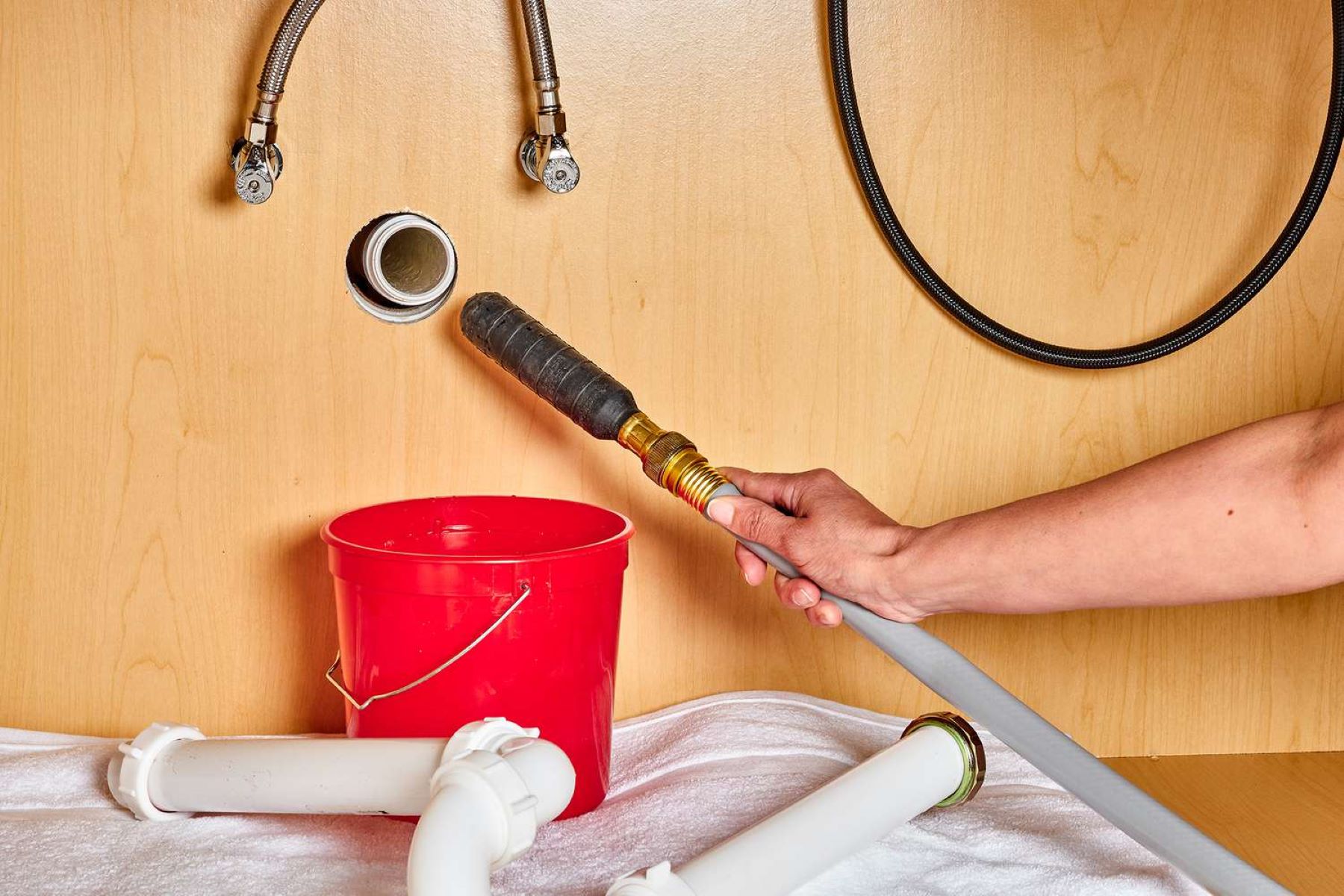
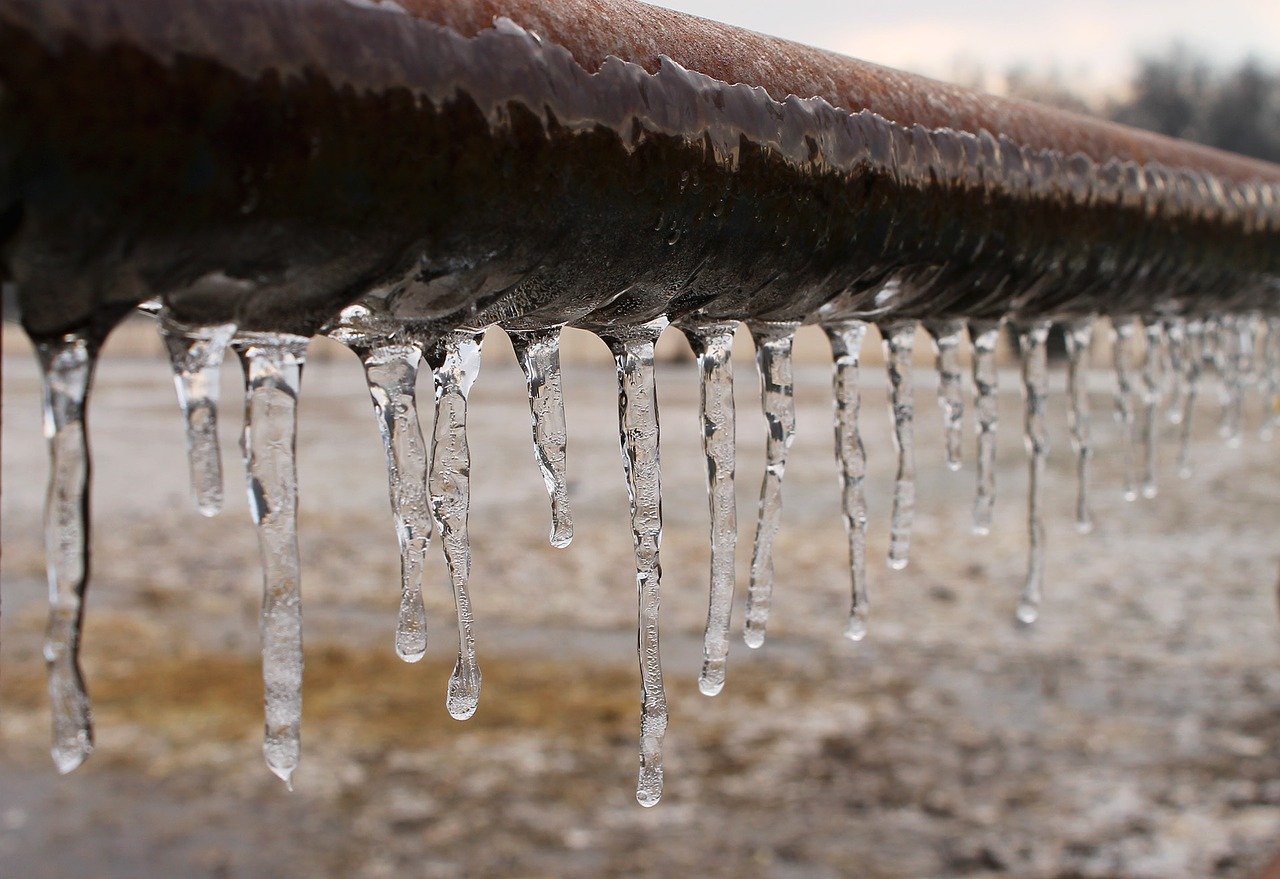
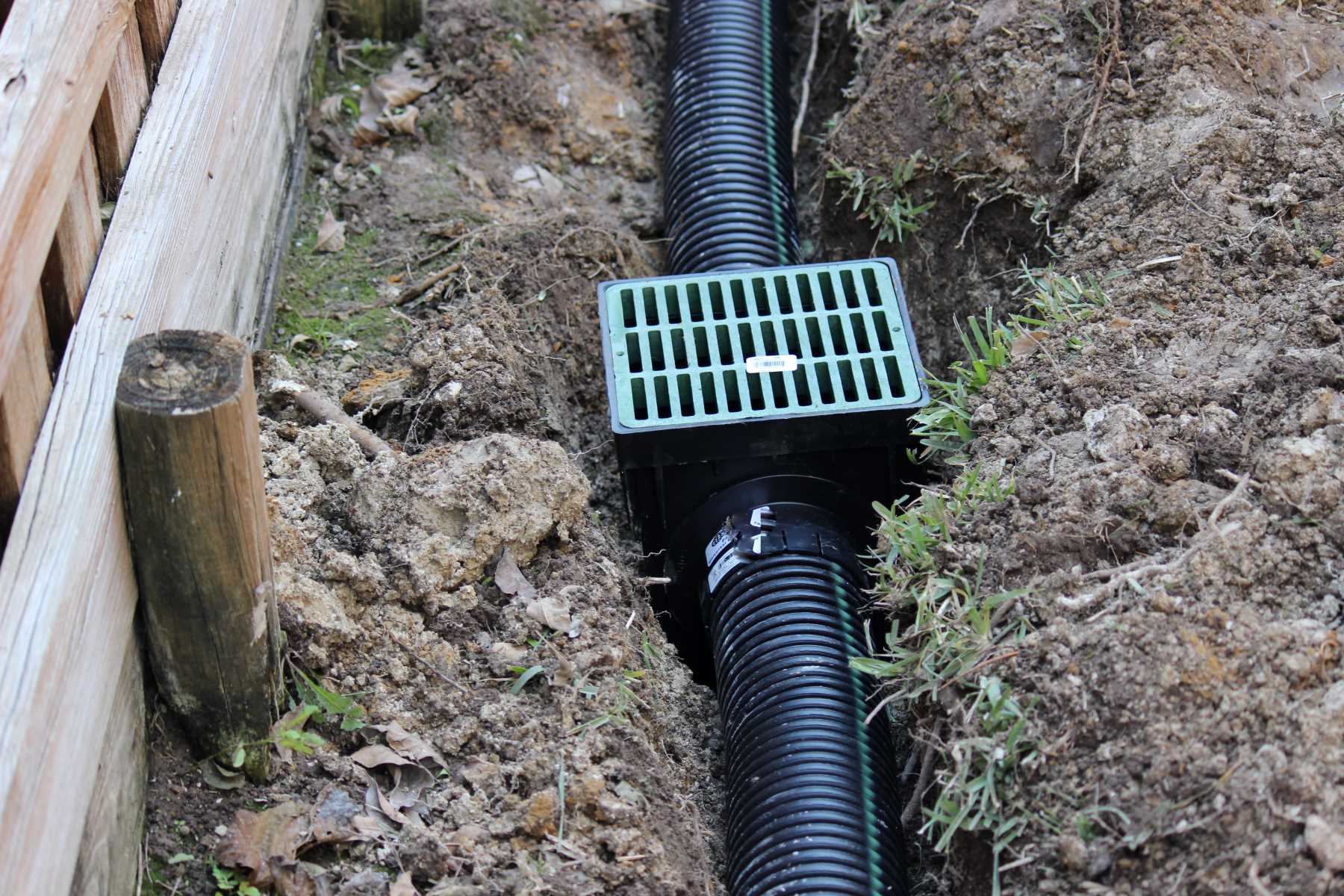
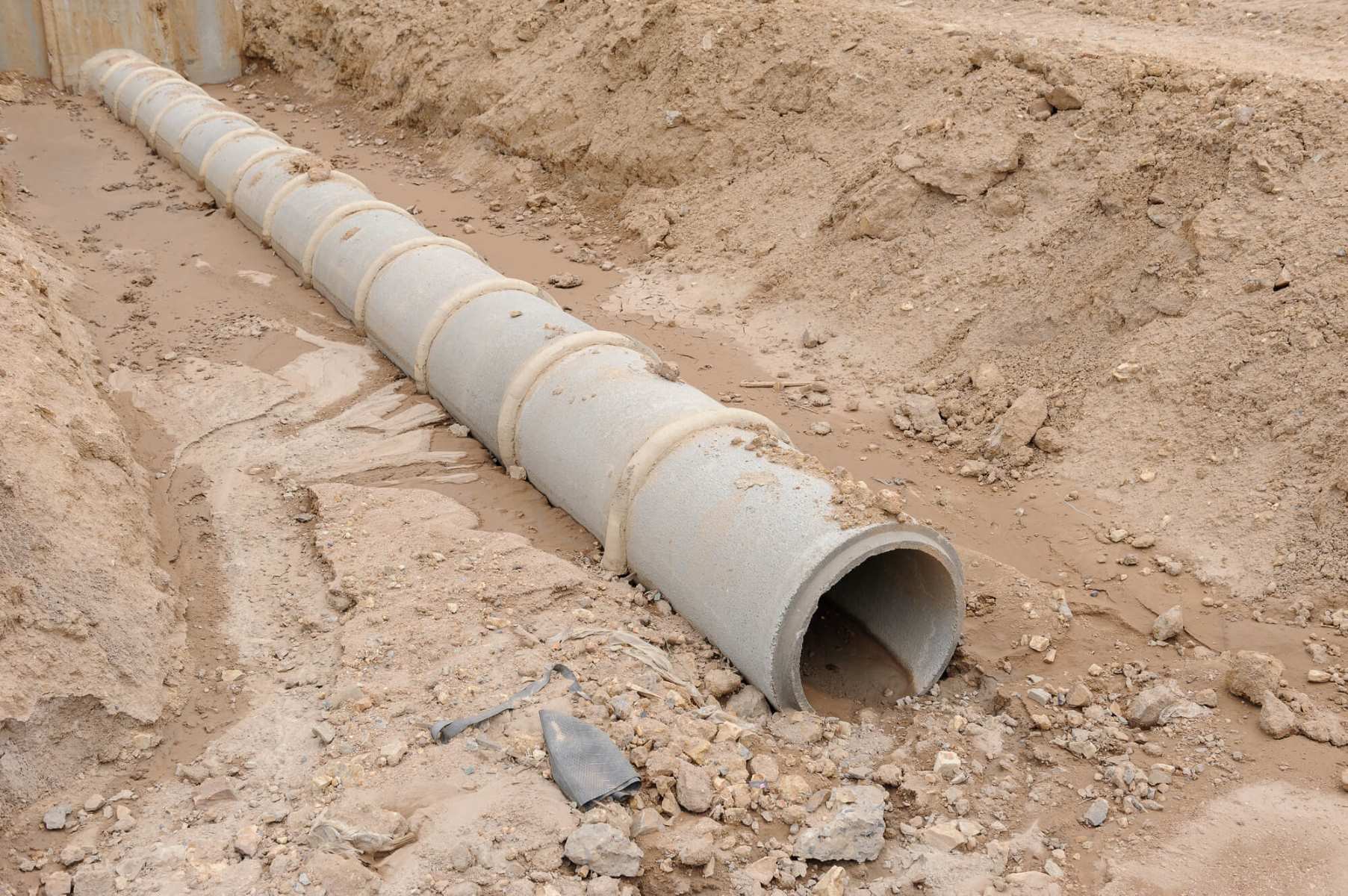
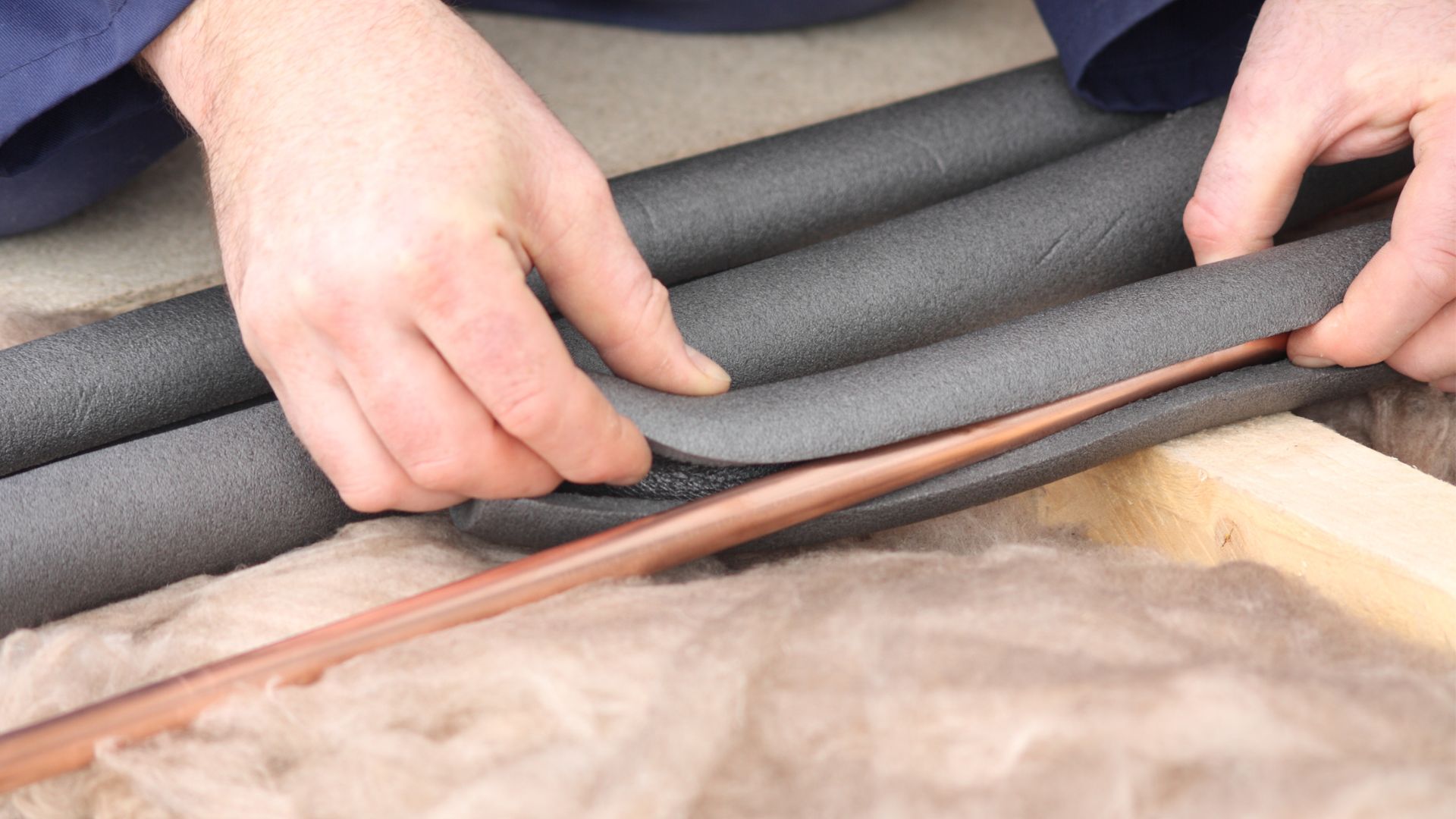
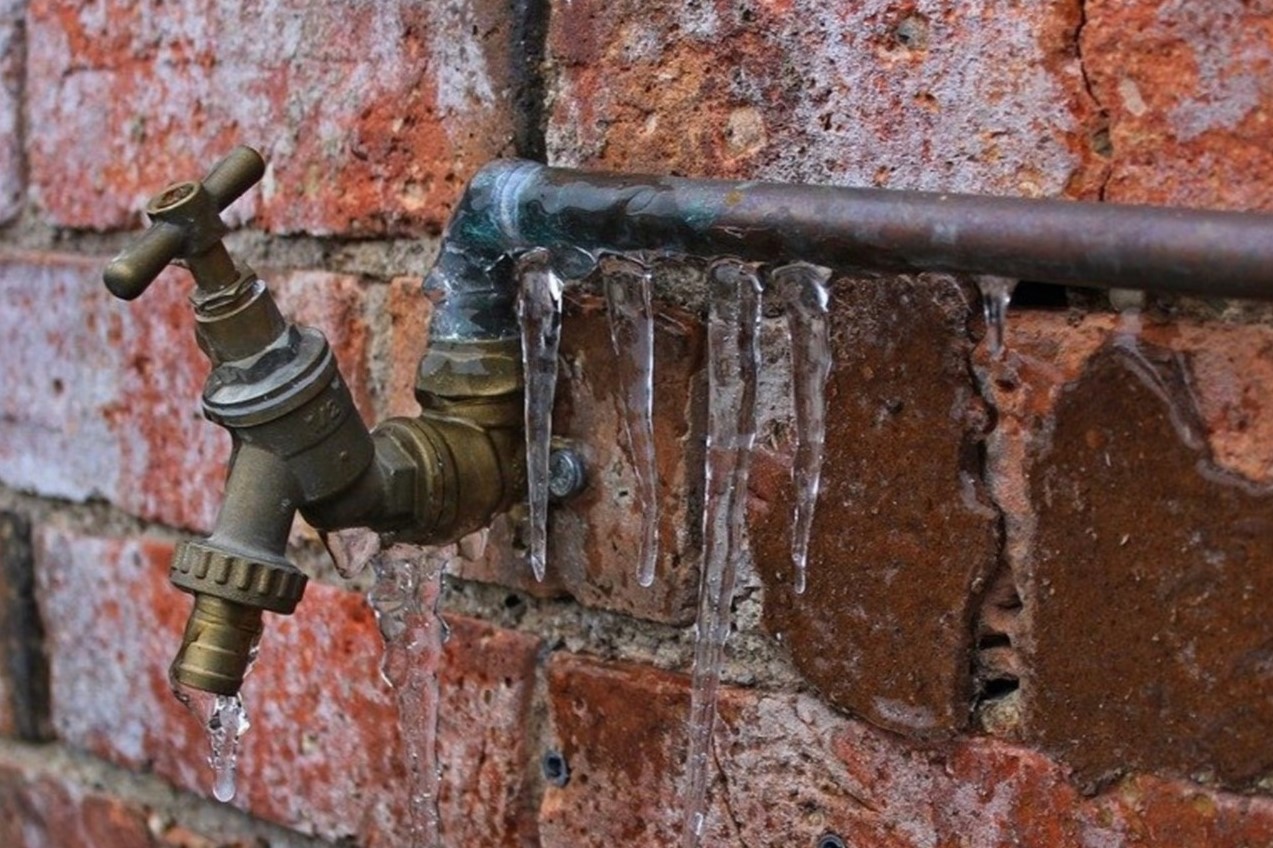
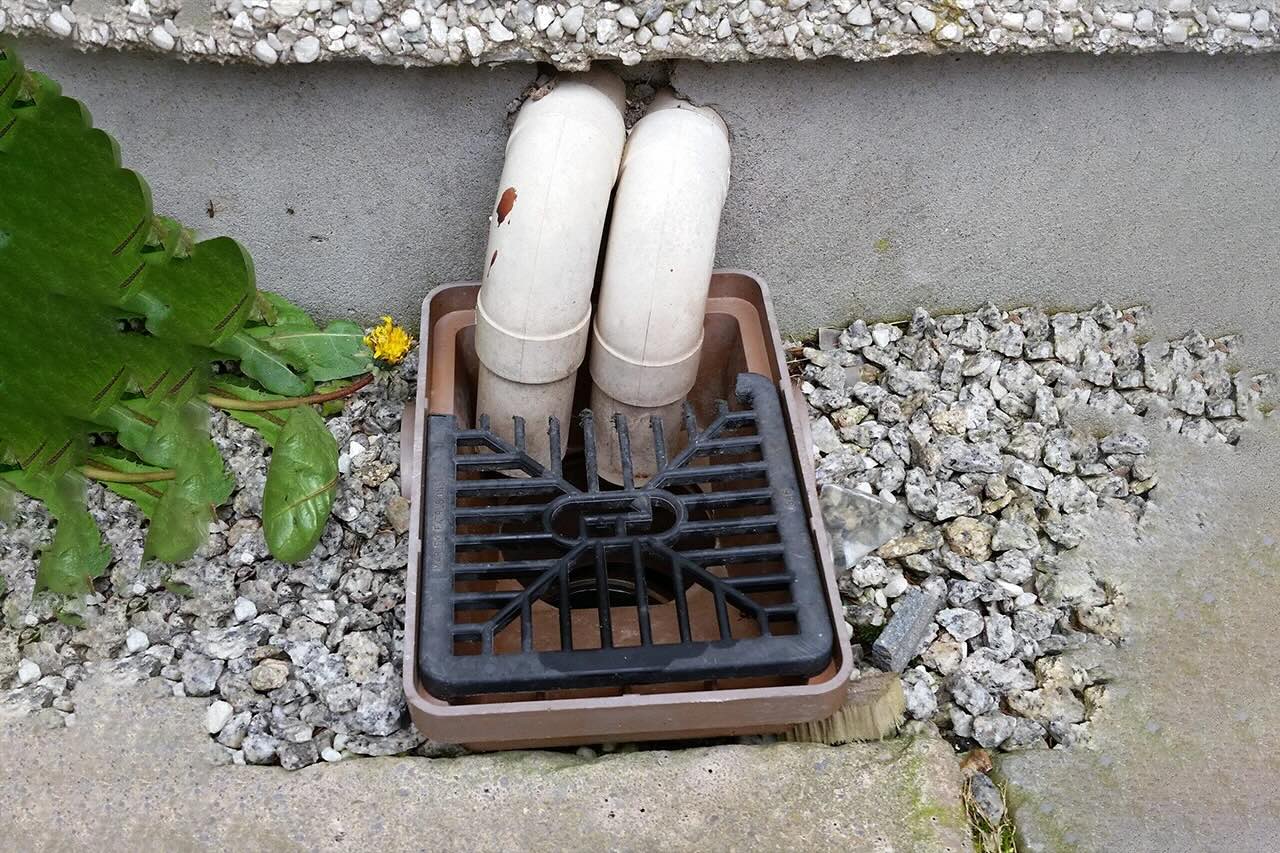
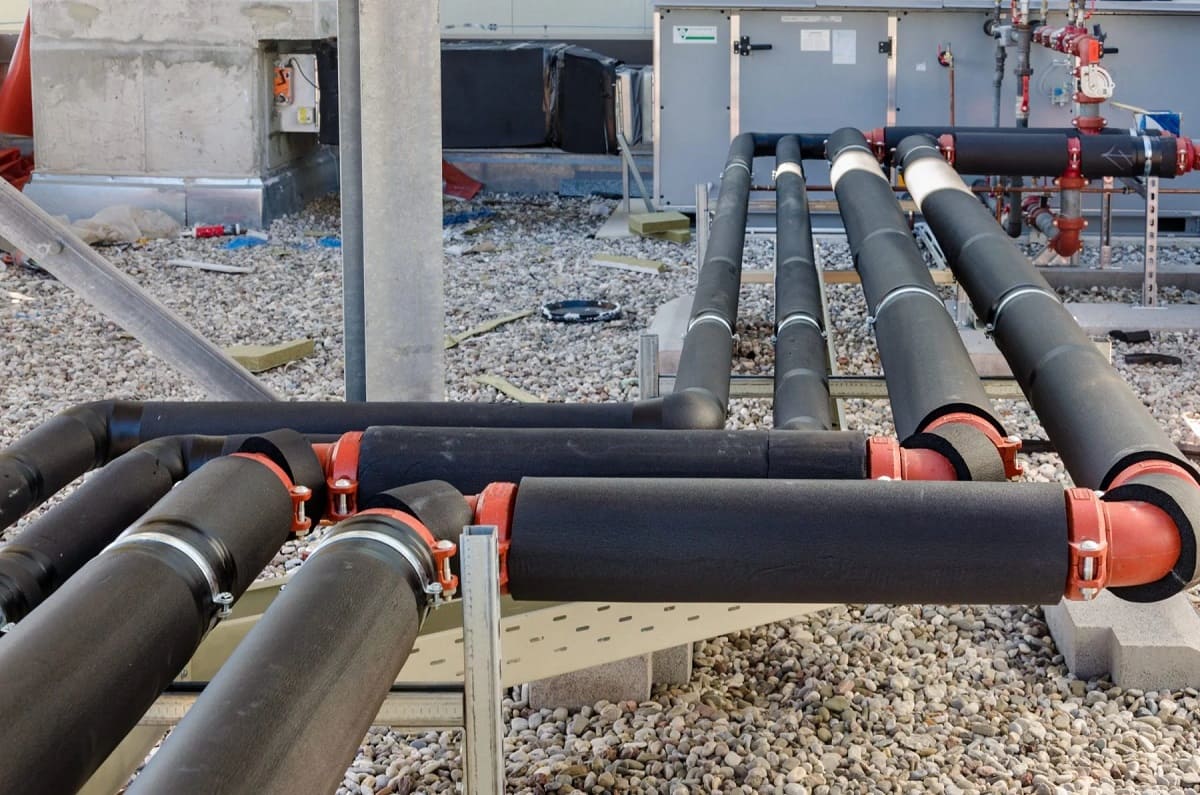
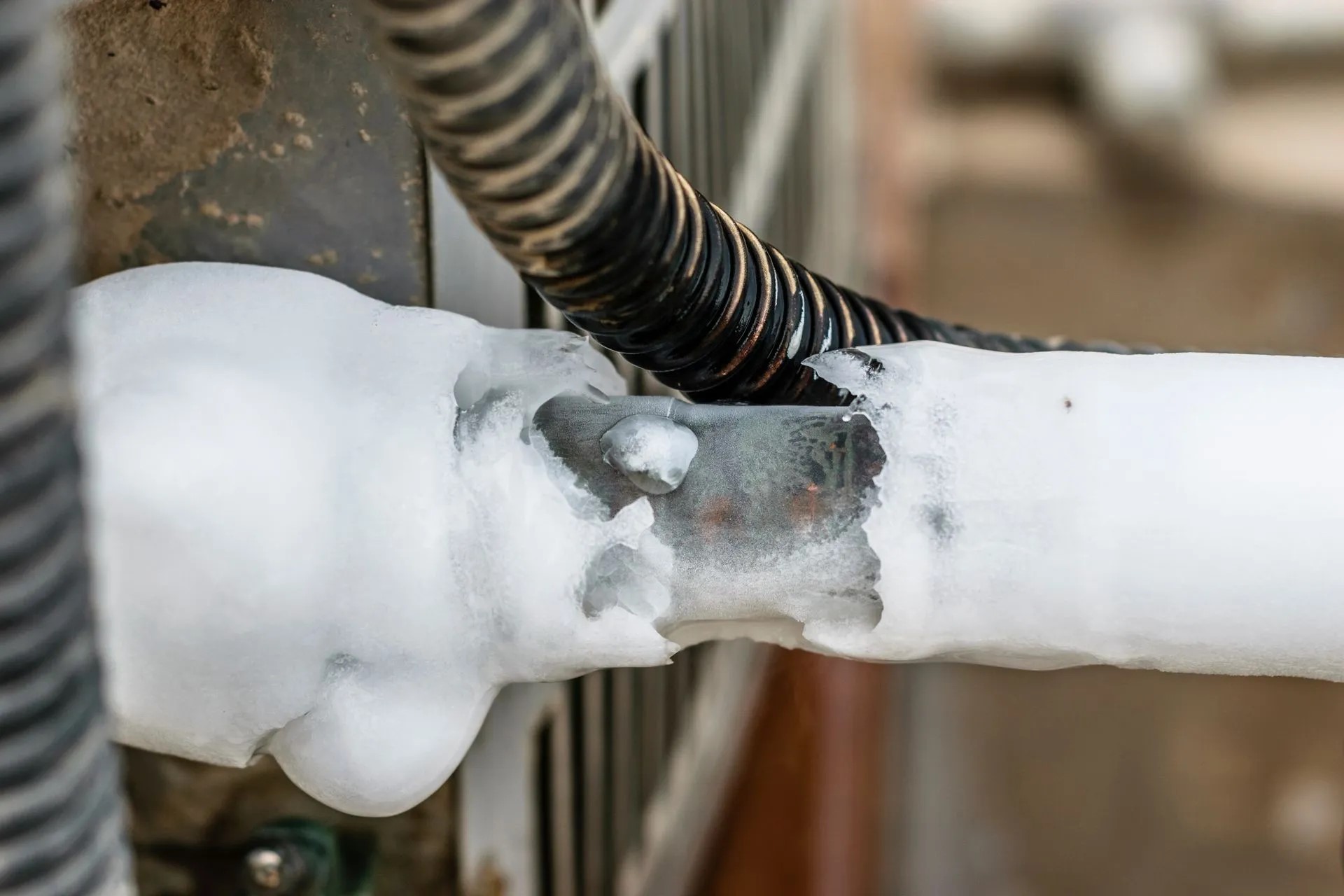
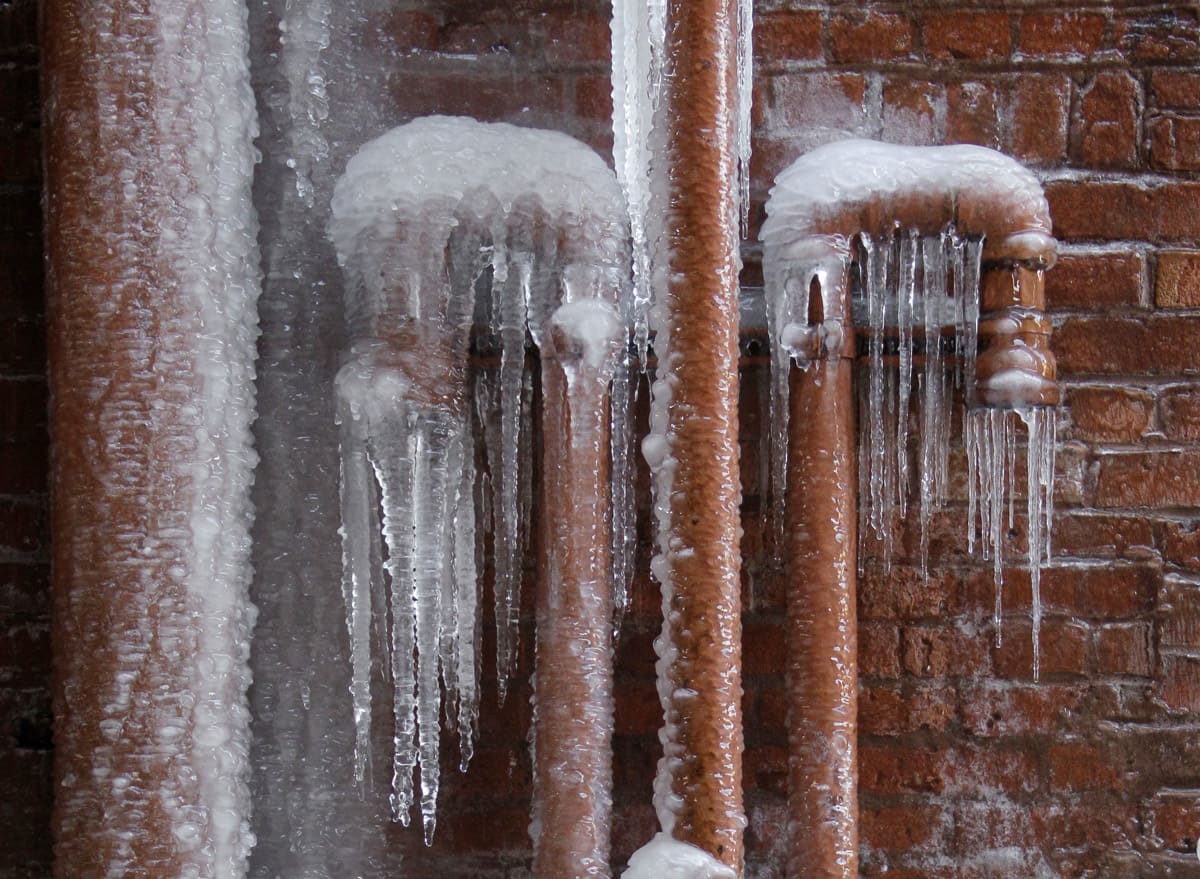
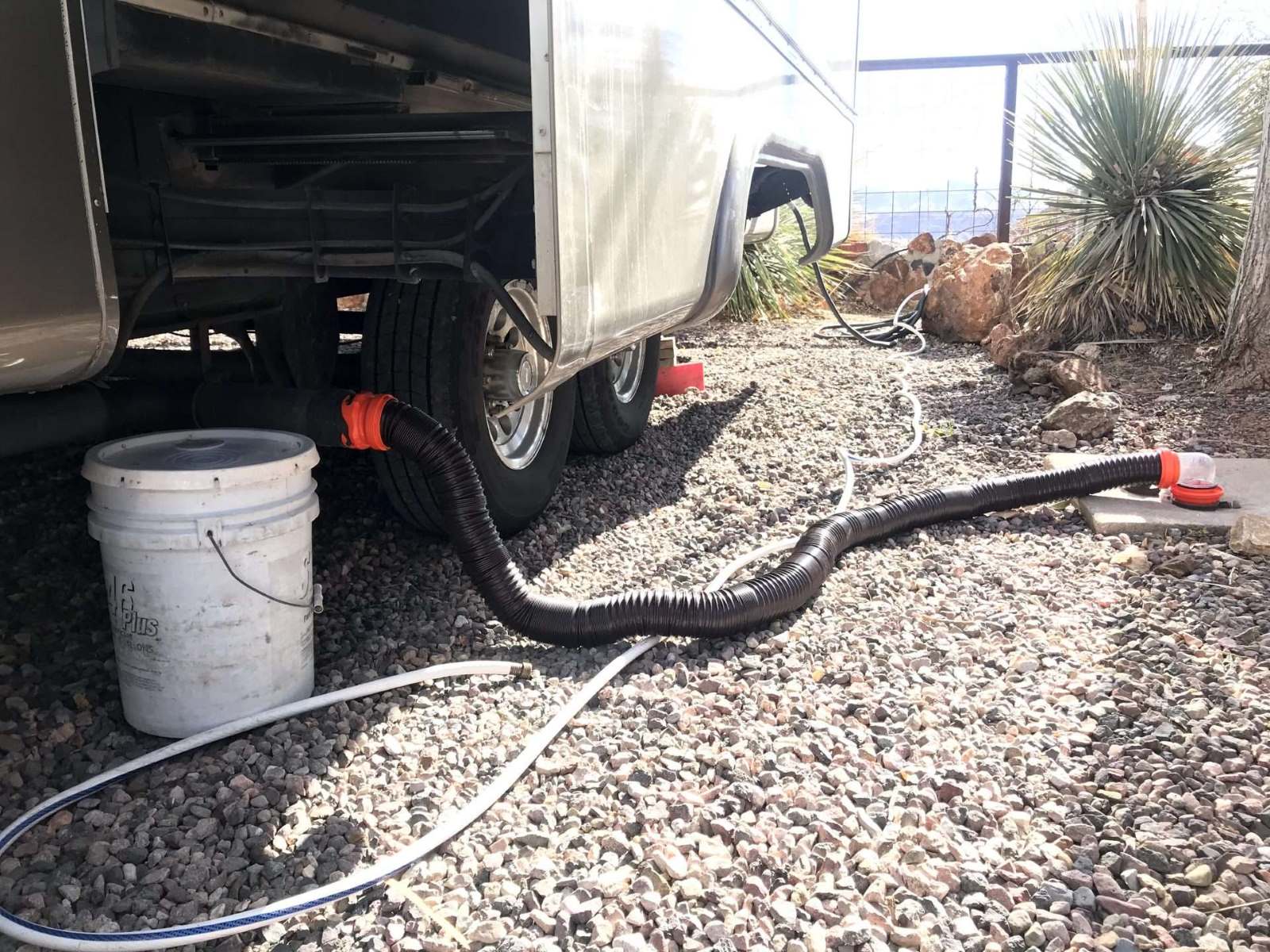

0 thoughts on “How To Unclog Outdoor Drainage Pipe”